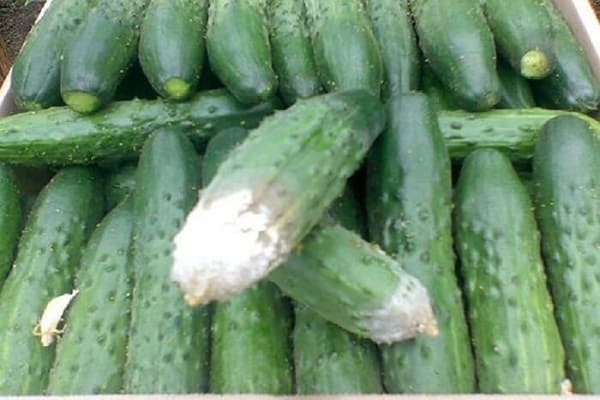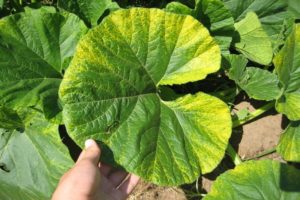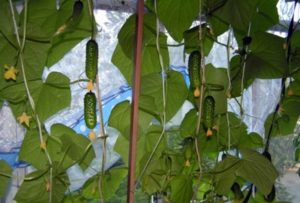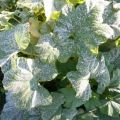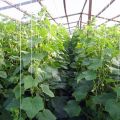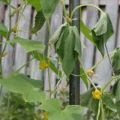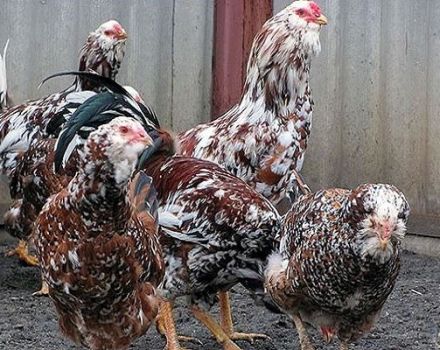Control measures and treatment of white, gray, apical and other rot on cucumbers in a greenhouse
Growing cucumbers in greenhouses includes preventing and combating various diseases that lead to rotting of plants and fruits. The most common ones are:
- white rot on cucumbers;
- gray rot;
- fusarium root rot;
- late blight root rot;
- fungal and bacterial fruit rot;
- physiological top rot of fruit.
Why do cucumbers rot in a greenhouse
The main causative agents of putrefactive diseases are fungi. High humidity in protected ground and unstable temperatures provoke the spread of infection. The water evaporated by the plants is constantly retained inside the greenhouse structure. Excess moisture deposited on the stems and leaves becomes a favorable environment for the growth and development of the funguscov.

The reasons:
- irregular ventilation;
- violation of ventilation due to thickened plantings and malformed bushes;
- untimely removal of weeds;
- the temperature in the greenhouse is below 18-16 ℃;
- the temperature in the greenhouse is above 28-30 ℃;
- contaminated soil;
- infected seeds;
- dirty tools and shoes;
- the rejuvenation of the bushes is not carried out, the dry and yellowed leaves of cucumbers, spoiled and overripe fruits, the branches that bear fruit are not cut off;
- too abundant or unstable watering;
- watering with cold water (below 20-22 ℃);
- excess feeding with a high nitrogen content;
- insufficient feeding;
- allowing the fruit to come into contact with the soil;
- inaccurate picking of cucumbers, allowing mechanical damage to plants and fruits.
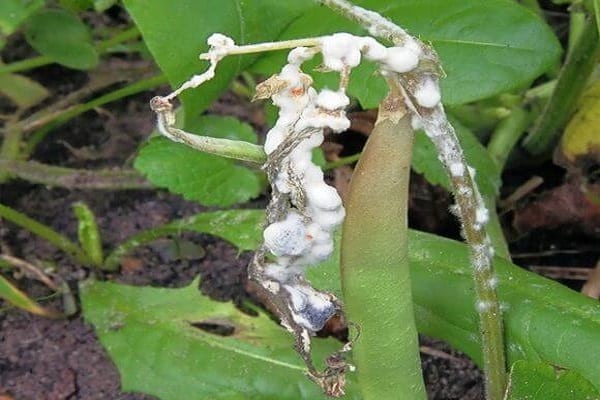
Autumn activities
After the end of the season, all plant residues together with the roots from the greenhouse are removed and burned. It is in them that the bulk of the fungi winters.
Greenhouse growing conditions complicate crop rotation. Usually the structure is built to grow one crop. Therefore, every year the fertile soil layer should be completely replaced. The soil quickly accumulates fungal diseases and pests.

Some vegetable growers practice soil treatment with fungicides, insecticides. Even with this method, it is necessary to remove the top soil layer 5-6 cm, in which the main amount of pests and fungi accumulates. Heat treatment of soil with steam has proven itself well.
All parts of the structure and tools must be treated with an antiseptic, for example, bleach (400 g per 10 liters of water).
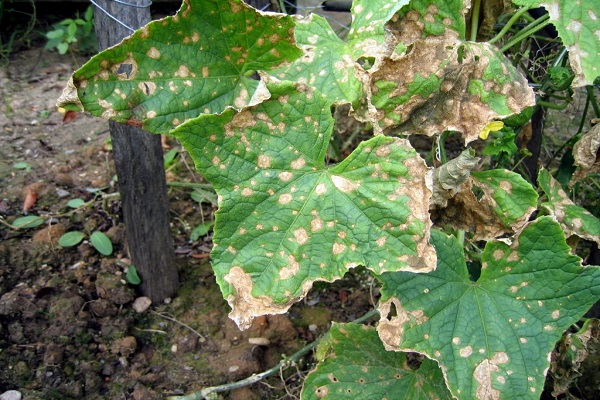
White rot
The sclerotinia fungus, also called white rot, affects many crops, including the pumpkin family.
Most often, outbreaks of fungal diseases of cucumbers in the greenhouse occur in early spring and autumn, when it is most difficult to achieve normal temperature and humidity.
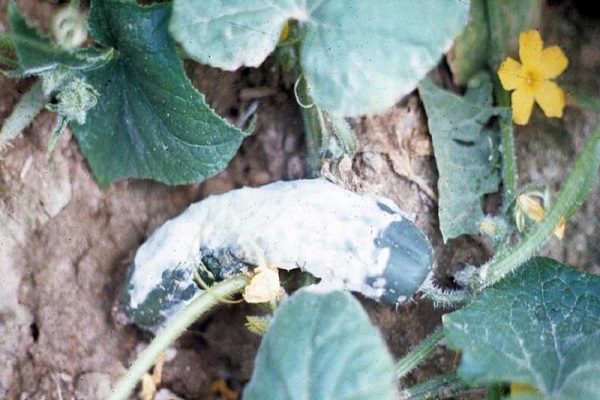
The optimum temperature for the development of sclerotinia is 12-16 ℃. Foci of white rot are usually located at the forks of the stem and in the root part. Any place with mechanical damage is especially vulnerable. With thickened plantings, white rot quickly spreads in the garden bed between plants.
The foci of infection first take on a rotten weeping appearance, and then they are covered with a white cotton bloom. This is the growth of the mycelium of sclerotinia, which gradually falls off and hardens. Solid rounded inclusions - sclerotia are formed inside. The plant part in this place becomes soft, slimy. The stem is crushed and broken, the affected fruits become flabby.

Treatment
Treatment for white rot on cucumbers in a greenhouse is:
- removal of deeply affected bush branches;
- cutting and cleaning with a knife shallow foci of decay;
- treatment of superficially affected and cleaned areas of the stem with a mixture of chalk and copper sulfate (1: 1)
- treatment of all bushes with fungicides: copper chloride (2.4 kg / ha), foundationol (0.8-1.0 kg / ha), Bordeaux liquid (1%).
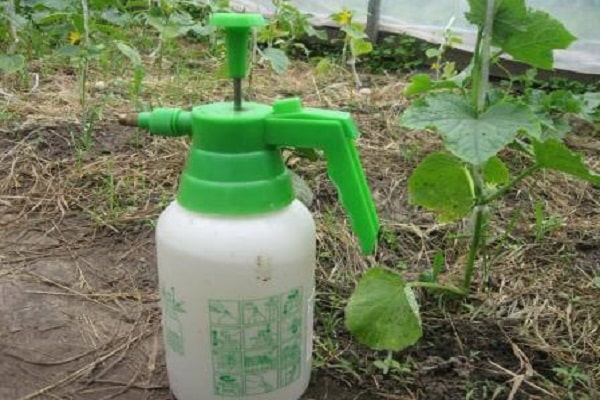
If you do not get rid of the infected parts of the bushes at the beginning of the development of the disease, the fungus will kill the entire plant and begin to spread microscopic pieces of mycelium through the air. Tools, gloves and clothing, after contact with infected cucumbers, should be washed with soap and treated with fungicides.
Advice!
Removed bushes should be immediately burned outside the territory of the site, since white rot can affect most cultivated plants.
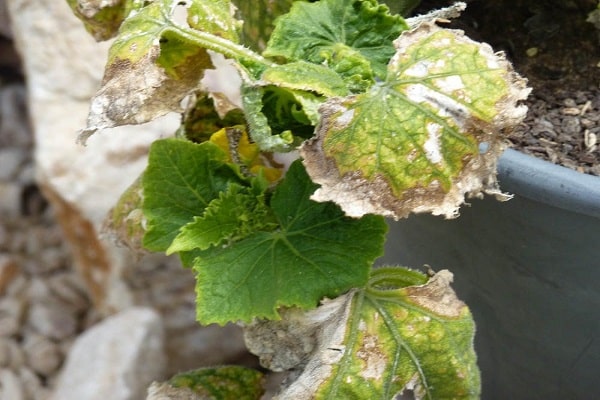
If the disease is detected at an early stage of development, you can try to treat the affected areas with a mixture of chalk and copper sulfate.
It is also necessary to take the following control measures:
- treat all cucumbers in the greenhouse with fungicides;
- reduce watering to a minimum for 10-14 days;
- ventilate greenhouses twice a day;
- feed the cucumbers with potassium-phosphorus fertilizers;
- achieve an increase in temperature to 25-26 ℃.

Gray rot
Another species of fungus called Cucumber Gray Rot (Botrytis cinerea) is also a frequent unwanted guest in greenhouses. Most often, foci of infection occur at the site of mechanical injuries. The ovary becomes infected through the pistil scar.
High humidity (above 90%) at a temperature of 15-16 ℃ is optimal for the development of gray rot. The initial source of infestation is usually untreated greenhouse structures, infected soil and uncleaned plant debris.
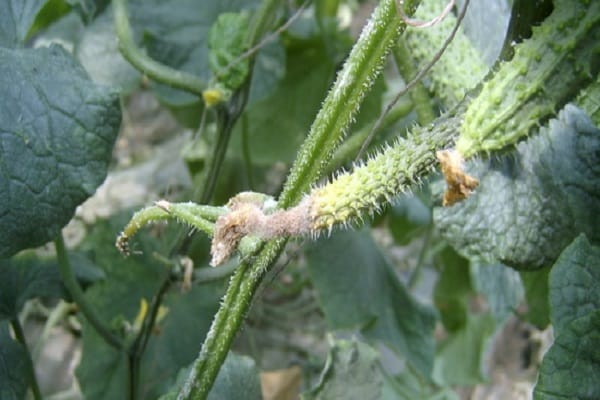
Signs of the onset of the disease are wet loose spots, which eventually become covered with a fluffy coating of gray. The plant part under the fungus quickly softens and rots.
Control methods:
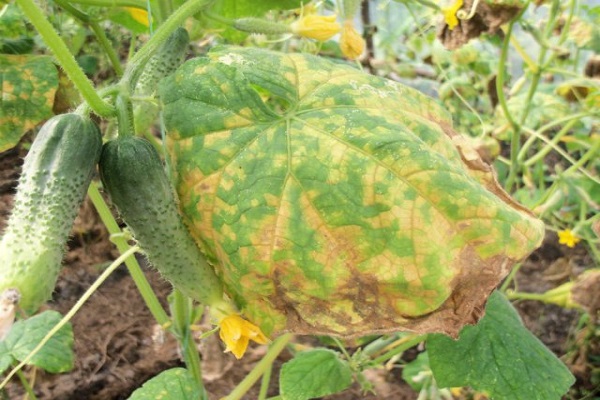
- cessation of foliar dressing;
- decrease in humidity in the greenhouse;
- removal of infected bushes and fruits;
- treatment with fungicides ("Euparen multi", "Trichodermin")

Fusarium root rot
If, in the middle of the growing season, the plant suddenly stopped development, began to wither, throw off flowers and ovary, most likely the cause was the defeat of the roots by Fusarium. A brown bloom of rot appears at the base of the stem. Under it, the plant part softens to a mushy state. As a result of decay, the root part becomes loose and dies off quickly. The main control measures are the removal of diseased bushes together with the underground part. The resulting hole is poured with a solution of copper sulfate.
You can try re-rooting strong stems by cutting off the diseased root and treating the end with a growth stimulant.
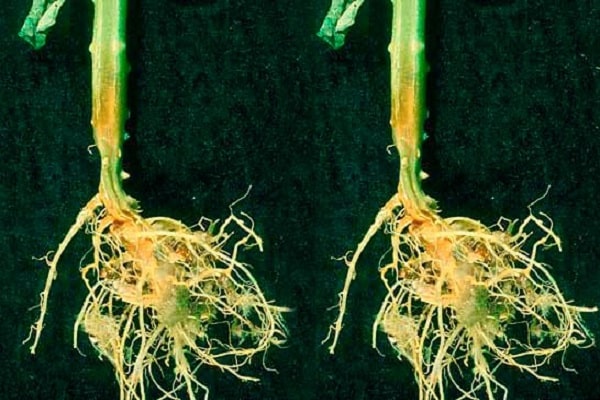
They provoke the development of a fungus:
- watering with cold water;
- excessive watering;
- excess of mineral fertilizers.
The fungus lives in the soil for a relatively short time, therefore this disease practically does not occur in the open field with proper crop rotation. But in greenhouses, with the annual cultivation of one crop, an acute question may arise of what to do with the constant infection of plants with fusarium. The main method of combating the disease is a complete soil replacement.
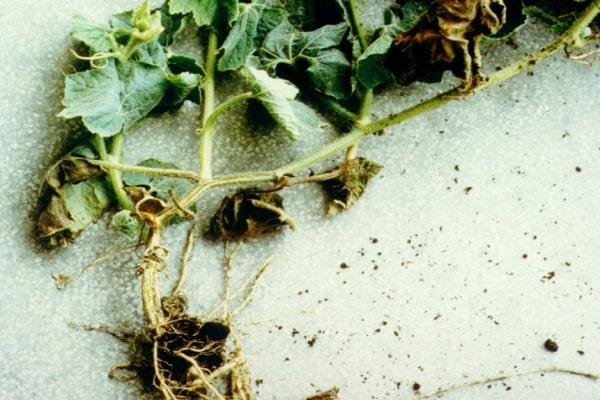
Late blight root rot
The disease usually suddenly affects developed bushes ready for fruiting. The plant quickly and irreversibly withers, as the roots rot. It provokes the disease of stagnant moisture in the soil. The roots are covered with black watery rot, which can be seen at the base of the stem.
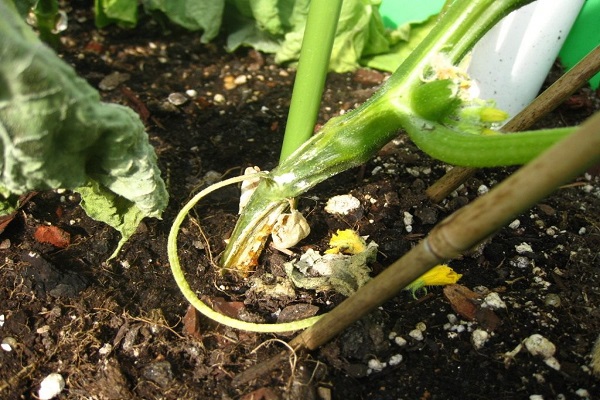
Since it makes no sense to fight the disease of already affected bushes, measures are usually taken to prevent it:
- preparation of tall beds for planting cucumbers in order to improve drainage;
- avoiding compaction of the topsoil by loosening and mulching;
- exclusion of long, frequent watering and high temperatures.
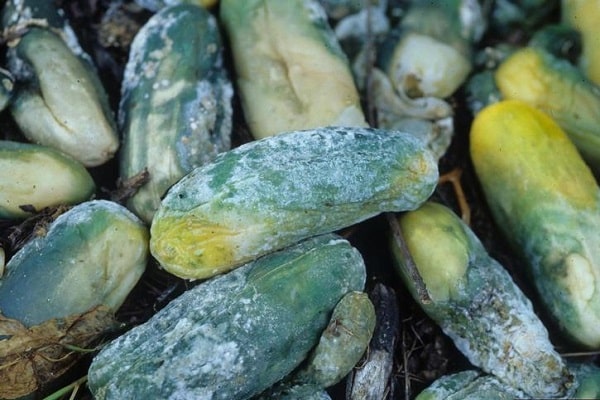
Fungal and bacterial fruit rot
Damage to fruits by fungal and bacterial rot in the greenhouse can occur for many reasons:
- sloppy formation and tying to trellises, allowing cucumbers to come into contact with the soil;
- mechanical damage to fruits;
- secondary infection of fruits with bacteria and fungi, after violation of the integrity of cucumbers due to other diseases.
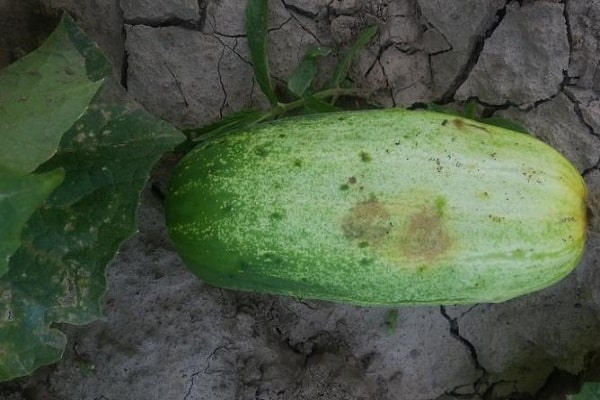
Most often, the focus of the disease is located on the top of the cucumber at the place where the flower is attached.
Top rot of fruit
Sometimes the tops of the fruits begin to darken and take on a rough leathery appearance. Gradually, the tips of the cucumbers turn black and rot. This physiological disorder is called apical rot and there may be several reasons for it:
- damage to the root system;
- unstable watering;
- lack of calcium in plant nutrition;
- excess nitrogen.

If the tips of the cucumbers rot in the greenhouse, you must:
- mulch the soil, which will help to avoid sudden jumps in soil moisture;
- to carry out mineral feeding of plants with a high content of calcium and minimal nitrogen;
- establish stable watering.
